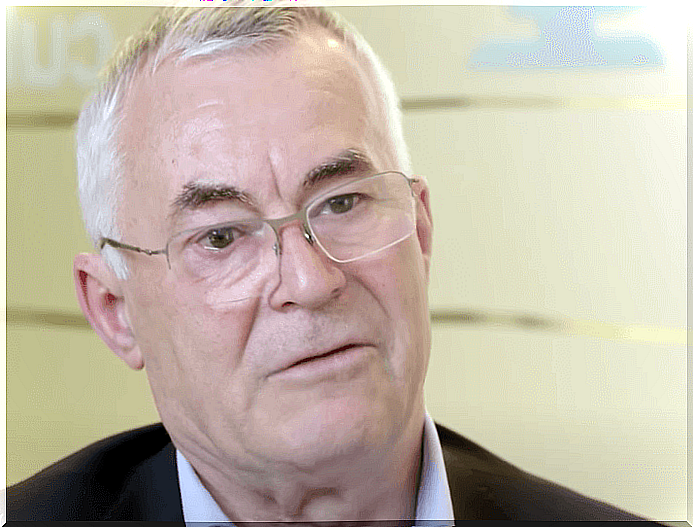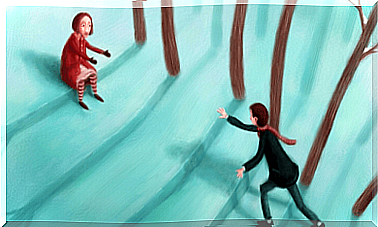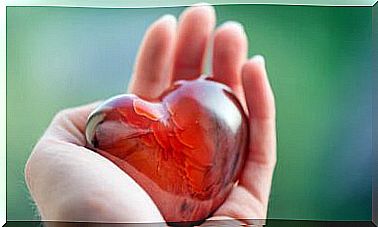The Vaccines That Revolutionized Science

According to the World Health Organization (WHO), only clean drinking water rivals vaccines in its value as a lifesaver. It’s no secret that vaccines revolutionized global health, possibly being the medical innovation that has saved the most lives.
Vaccines have eradicated smallpox, reduced infant mortality rates, and prevented its undesirable effects. People of recent generations have never seen diseases that used to be common, forgetting their destructive power.
Unfortunately, the historical events and the pioneers of vaccination to whom today we can thank for this are very little known.

Smallpox
The English doctor Edward Jenner heard from Sarah Nelmes, a cow milker, the following statement: “I will never have smallpox because I have had cowpox. I will never have a face marked by smallpox ”.
Then Jenner made an observation: dairy cows that contracted cow pox were later immune to human pox.
From this fact, he went to work on a series of experiments that would lead to immunology, vaccine therapy, and preventive health.
In 1796, he injected an eight-year-old boy with a preparation derived from the pus from lesions of cowpox. Six weeks later, he exposed the boy to human smallpox, but did not develop the infection at that time or in 20 subsequent exposures.
Coinage of the term “vaccine”
In the years that followed, Edward Jenner collected evidence from 23 other patients infected or inoculated with cowpox virus.
Jenner’s vaccine stimulated the body’s immune system to produce antibodies against the disease without actually contracting the disease.
Thus was born the first vaccine. The origin of the term comes from the Latin ( vacca ) in honor of the animal that inspired his experiments.
Anger
Almost a century after Jenner developed his technique, in 1885, French biologist Louis Pasteur saved the life of a nine-year-old boy after being bitten by a dog with the rabies virus.
He injected her with a weakened form of the virus every day for 13 days. The boy never developed rabies and the treatment was announced as a success. Pasteur coined his therapy as a “vaccine against rabies”, expanding the meaning of vaccine beyond its origin.
The global influence of Louis Pasteur led to the expansion of the term vaccine to include a long list of treatments that contain live, weakened, or killed viruses and are generally administered by injection to produce immunity against an infectious disease.
Diphtheria
French scientist Gaston Ramon made a breakthrough at a time when thousands of children each year were affected by diphtheria.
Ramon was able to inactivate the diphtheria bacteria by heating it and treating it with a substance called formalin. This created a dead version of the organism, which, once injected, infected people with diphtheria and stimulated the body to produce antibodies.
Polio
Jonas Salk used Ramon’s method to create a polio vaccine. Polio is caused by a virus and is an incurable disease that mainly affects children under the age of five. In the UK, the virus killed hundreds of people each year and thousands of them were paralyzed.
A mass vaccination program against polio was launched in the UK. Others followed suit and as a result of mass vaccination, most countries are now polio-free and the disease is only found in parts of Pakistan and Afghanistan.
Mid-20th century: development of multiple vaccines and introduction of improvements
Scientists were improving vaccines thanks to scientific research. They found that the use of parts of pathogens could lead to protection against the diseases they cause.
There was, therefore, no need to inject them in their entirety, as is often the case in older vaccination methods.
The scientists also understood that the immune response could be further enhanced by a method called conjugation, which involved combining the antigenic part of one pathogen with a carrier protein isolated from another pathogen. This paved the way for the development of pneumococcal and meningococcal vaccines.
DNA discovery
The discovery of recombinant DNA meant that genetic material from a disease-causing virus could be taken, isolated, and used to turn it into a vaccine.
This is a safer way to stimulate an immune response. It does not involve infection with the virus and is a more robust way of making vaccines compared to previous technologies.
The development of the malaria vaccine
The malaria vaccine has been in development for more than three decades, after scientists from the drug company GSK created it in 1987.
One of the most promising laboratory programs that have been developed is led by Dr. Manuel Elkin Patarroyo, a renowned Hispanic-Colombian scientist who designed another vaccine against malaria, known as SPf66, which intervenes in the erythrocytic phase.
The vaccine is effective between 30 and 60% of the cases; that is, it can protect about 100 million people. Even so, opinions are divided regarding the efficacy of the vaccine. The WHO has recognized that it is one of the most advanced vaccines against malaria.
Reverse vaccination
GSK Vaccines Chief Scientist Dr. Rino Rappuoli began pioneering a new approach to vaccination. He used the progress of the genomics study as the basis for his research, known as reverse vaccination.
This technique led to the development of a vaccine against meningitis B. In 2015, the United Kingdom became the first country in the world to include this vaccine in its national immunization program and more than one million children have been immunized.

The future of vaccination
The devastating Ebola virus in 2014 was a wake-up call to how ill-prepared the world was to handle such an epidemic. A vaccine was finally approved, but it came too late for the thousands of people who lost their lives.
Scientific innovation, widespread global health campaigns, and new public-private partnerships are literally lifesavers.
Finding a vaccine to protect the world against new viruses is an enormous challenge, but if there is anything we can learn from history, it is that there is reason to be hopeful.









